Common Roof Replacement Questions
Do you have questions about your upcoming roofing project or roofing in general? You’re not alone. Below, we answer several commonly asked questions about roofing replacements.
How Do I Know If I Need a New Roof or Just Roof Repairs?
It depends on the damages to your roof. Extensive damaged, loose or missing shingles, rotting roof sheathing, water stains on interior walls and ceilings or large roof leaks may indicate a roof replacement is needed. For smaller damages, such as one or two missing shingles or a leak coming in from the chimney, a repair may work just fine. If you are unsure, Apex Roofing can inspect your roof and help you decide whether repairs or a replacement is the best solution.
How Do I Know When to Replace My Roof?
There are several key signs that indicate a roof replacement is needed. These include:
- Bucking and curling shingles – Warping shingles occur when moisture in the attic causes nails to push out of place. As a result, the loosened shingles’ performance are compromised and the roof is exposed to the elements, which can result in leaks and even more moisture damage.
- Missing shingles – Shingles come loose with age or can blow away in the wind. Missing shingles can allow water into the home, causing expensive water damages.
- Missing granules – Asphalt roofing shingles are made up of small granules. Granule loss is a normal part of wear and tear. However, when a large amount of these granules come loose due to age or weather-impact, it can impact the shingles’ performance. You can locate missing granulates by looking for fragments in the gutter system. If too many granules are lost, shingles will have exposed asphalt layer, commonly referred as “bald” shingles.
- Mold in the attic – This is one of the most concerning aspects of roof replacement because of potential health impacts. Caused by leaks, condensation or improper ventilation, mold forms in areas such as the rafter beams and the plywood on the underside of the roof.
- Algae growth – Overhanging branches, clogged gutters, standing water, a porous roofing material and poor roof ventilation can all cause algae to grow on a roof. The bacteria from the blue-green algae eats through shingles, especially if they are low-cost shingles that are made primarily of limestone.
Is New Roofing a Good Investment?
The simple answer is yes. The look of your roof can have a significant impact on the overall design and value of your home. After all, your roof can make up nearly half of your home’s exterior. Along with a great look, quality is equally important. A quality roof replacement is one of the top ROI remodeling projects you can do to your home. Benefits of installing a new roof include:
- Improved curb appeal with varying shingle colors and styles that add depth to the home.
- Increased home value and marketability.
- Ice dam prevention in the winter, reducing the possibility of expensive water damage.
- Protection for your home for years to come.
How Much Will My New Roof Cost?
Because each roof is different, the cost to replace a roof will vary from house to house. Factors such as size, slope, layers, old roof removal and selected materials all affect the price.
To provide a quote to our customers without inspecting each roof would not be in your best interest. To generate the most accurate estimate, Apex Roofing will come to your house to take measurements, inspect the roof and take discovery photos. We will provide an estimate based on our findings, discuss your options and possible unforeseen circumstances that may occur to best prepare you for all potential costs.
Once we do have a quote to provide you, we can also discuss financing options with you to help make your roof replacement a reality. A roof replacement is a large investment. Apex Roofing wants to make sure you’re receiving the best value for your money while not breaking the bank.
How Long Will My Installation Take?
How Long Will My New Roof Last?
Even the best quality roofing system has an expiration date. The lifetime of a roof depends on a variety of factors such as the quality and type of materials used, the location and tree cover of your home, and how well the roof was originally installed. Environmental conditions will also affect the lifetime of your roof; direct sunlight, bad weather and strong winds are all rough on roofs. The better the installation and materials, the longer your investment will last.
If a residential roof is over 15 years old, we recommend you call us out for a look. Sometimes damage isn’t visible to the untrained eye, and catching it early can avoid expensive repairs in the future.


